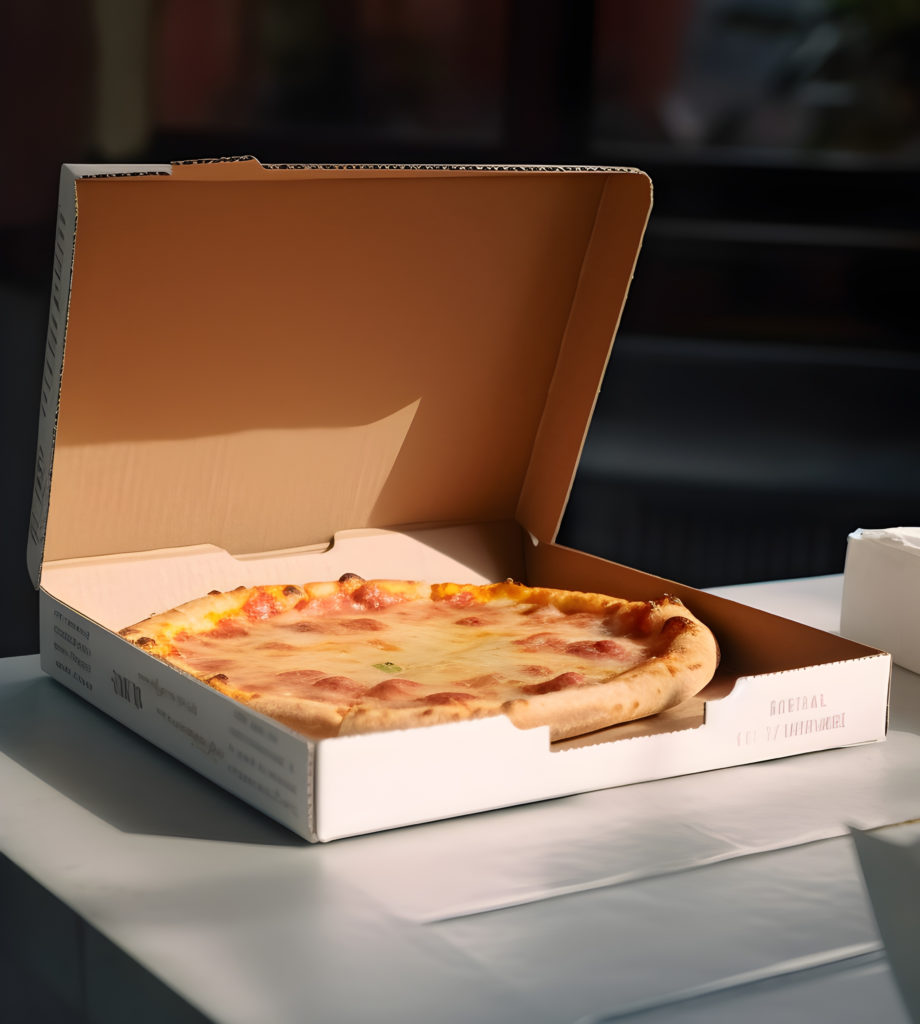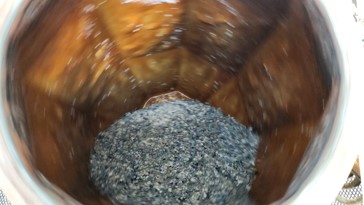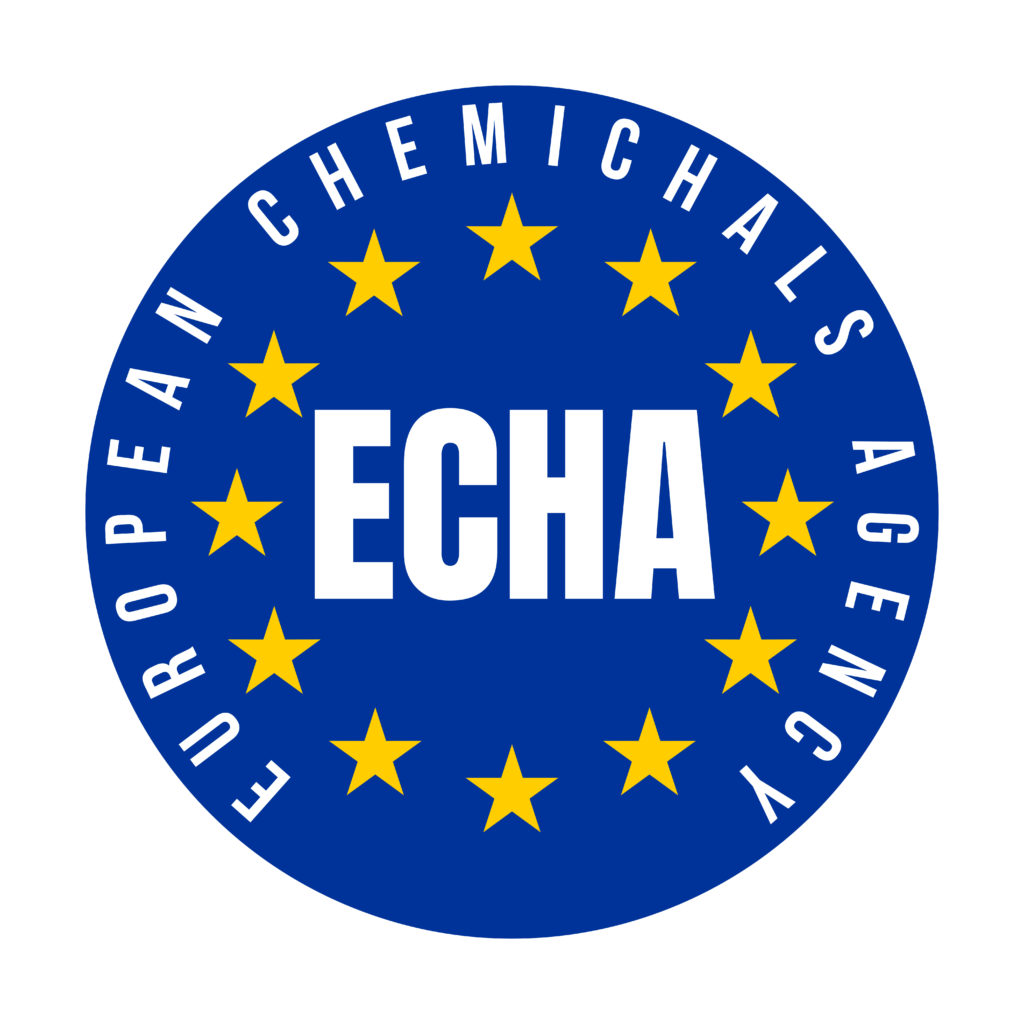Types of analysis
Types of analysis
The verification of food contact suitability according to national and European regulations ( ex. EUPlastics Regulation 10/2011), international standards, BfR recomendations, Frenchlegislation, FDA, Mercosur, Chinese, Korean, Japanese, etc., is analyzed using different analytical methods, the main ones being:
Global Migration Tests
The global migration tests are carried out to identify the quantity of substances that are transferred totally to the food.
Tests are carried out using liquids that simulate the food capacity, in the same conditions of the use: same temperature and duration.
Specific Migration Tests
The specific migration tests are related to the type of potential risk associated to the material; in particular they are carried out to identify , in detail, the substance migration subject and in which quantity it is transferred.
All migration tests are carried out with food simulants that could be change in relation to the type of food contact materiali is, the time contact and temperature at which the contact takes place.
Screening Nias ( Non Intentionally Added Substances) Analysis
Substances Not Intentionally Added ( NIAS) and the risk assessment related to it, are a duty of the producers forseen and defined by the legislation. The analysis of unknown substances from food contact materials, or cosmetics, are increasingly important, also the necessity to use recycled materials for which the exact composition and possibile risks are not known.
The Food Contact laboratory performs screening analysis with different analytical techniques. In order to have the possibility to detecting all types of potentially toxic substances, must be use techniques which allow the tracing of apolar, polar, volatile, semi- volatile and non volatile substances.
In Food Contact Center laboratory the NIAS screening is carried out with both liquid and gaseous chromatographic techniques.
Through special software, the contaminants can be recognized thanks to databases produced by the laboratory.

Food Migration Tests
Migration tests, even on porous and wettable materials such as paper and cardboard, tissues, juta bags, are often performed through the use of standardized simulants for plastic materials, which perform an extraction of the material, overestimating the real food migration.
According to the food contact legislation, the materials compliance can be demonstrated by directly food analysis, if the packaging is dedicated to a particular food.
The legislation allows, in case of non- compliance found in traditional tests performed with solvents and simulants, to demonstrate compliance by analysing food migration.
The Food Contact Center laboratory performs analysis in food for the validation of:
MOSH and MOAH
The main sources of mineral oils in paper and carton are printing inks applied directly to paper and carton food packaging and inks present in packaging as a result of the paper and carton recycling process Biedermann e Grob 2010, Biederman et al. 2011). However, printing inks are not the only source of MOAH in paper and carton packaging, these substances can also come from glues and hot melt adhesives used to bond packaging.
There is no European regulatory limit for mineral oils. Therefore, the Europe Council is planning to issue a technical guide on paper and cardboard within which various known impurities, including mineral oils, will be proposed as constraints and migration limits.
The BfR ( German Federal Institute for Risk Assessment) has drawn up three drafts of the 22nd Mineral Oil Ordinance: in the most recent, to prevent the migration of aromatic hydrocarbons from mineral oils ( MOAH), the use of a barrier is required functional in FCMs manufactured with recycled paper.
Food Contact Center uses the approach validated and distributed by BfR for the MOSH and MOAH analysis: this approach involves a preparatory separation of the fractions containing MOSH and MOAH and an analytical determination in gas chromatography (GC-Fid)
Challenge Test
The decontamination performance of a recycling process is measured by performing specially designed tests, called “Challenge Tests”, which simulate the technology as closely as possible.
In these Challenge Tests, the plastics to be recycled are enriched with a range of surrogate contaminants and then subjected to the recycling process, either on a recycling plant or on a pilot plant.
A list dedicated to surrogates has not been published, so EFSA has referred to the literature on recycling PET.
Food Contact Center participated in the collaborative study on recycled polyethylene articles and granules, organized by the Italian Institute of Plastics.

PFAS
Polyfluoroalkyl substances (PFAS) are a heterogeneous group of synthetic chemicals, which usually do not decompose and tend to accumulate over time.
PFAS are considered toxic (PBT), they can easily migrate into air, dust, food, soil and water; being water/oleophobic repellents, it is common to identify them in food packaging, but also in coatings and even in children’s products.
The European Union (EU) has addressed the problem of PFAS by limiting PFOS, PFOA, the category of PFCAs (perfluorocarboxylic acids) with carbon numbers from C9 to C14, their salts and related substances. However, there is no standard list of PFAS to identify and the different approaches to restriction by EU and US legislation have created a huge burden for brands and retailers wishing to minimise their chemical footprint.
Characterization Materials Through Xrf
XRF spectrophotometry (X-ray fluorescence spectroscopy or X-ray fluorescence) is a non-destructive analysis technique that allows to know the elemental composition of a sample through the study of X-ray fluorescence radiation.
It is a non-destructive technique, so it does not affect the sample under analysis and the execution time is short.
This analysis also allows the identification of all relevant elements, from sodium to uranium, helping the laboratory to detect elements dangerous to health and ensuring the full functionality of the materials.

Shelf Life Tests
Shelf life, a term that literally means “shelf life”, represents, as cited by UNI 10534-2005, the period of time that corresponds, under certain storage conditions, to a tolerable decrease in the quality of the food.
Shelf life tests aim to mimic the commercial life of the product and is a way to test the durability of the food under certain storage conditions. In most cases, the following types of tests are carried out:
- laboratory microbiological analysis, to assess the presence and quantity of pathogenic microorganisms in the food;
- chemical-physical parameters to evaluate water activity or pH;
- sensory tests – or organoleptic tests – to verify the taste, smell, color and appearance of the food.
Sensory Tests
Sensory tests are a valid tool to assess that there is no type of organoleptic damage to the food caused by the packaging.
Evaluating this parameter is a legal requirement, in particular, to declare compliance with Reg. (EC) no. 1935/2004 (Art. 3), it is necessary to go beyond the analytical controls required by the Regulations for individual materials (global and specific migrations, composition and purity requirements) and be able to demonstrate that the packaging does not make any organoleptic changes to the food.
The laboratory performs Shelf life tests, also functionalized to the validation of packaging materials in relation to food, and to the barrier properties that the foods under study require; packaging can be characterized, for example, by investigation of water vapor and oxygen permeability. The subsequent Shelf life study involves subjecting the food or beverage to an accelerated aging such as to be able to simulate the hypothesized storage period and then evaluate the chemical-physical and sensory quality, in order to determine the barrier properties and therefore the suitability of food and packaging.
In the monitoring phases of the study, the laboratory performs microbiological, chemical and sensory tests to evaluate the progressive degradation of food qualities. Particular attention is paid by the laboratory in the evaluation of changes in the aromatic profile, characterized by SPME -GC MS technique.
The aromatic profile is fundamental in these investigations, as it allows to investigate the appearance of oxidized degradative notes and the loss of fragrances characteristic of fresh food. The laboratory has consolidated experience, gained in the field of food, herbs and spices and aromas, and owns and uses the instrumental library “Mass Spectra of Flavors and Fragrances of Natural and Synthetic Compounds” which contains more than 3000 spectra related to substances related to the aromatic profile.

SVHC – Substances For The Reach Regulation
Food Contact Center offers testing, consulting and assessment services for Substances of Very High Concern (SVHC).
SVHC substances are born within the REACH Regulation, with the dual purpose of:
• ensure that risks related to substances of very high concern (SVHCs) are adequately controlled throughout their life cycle
• promote the progressive substitution of SVHCs by suitable alternatives (less hazardous substances, new technologies and processes), where technically and economically feasible alternatives are available.
